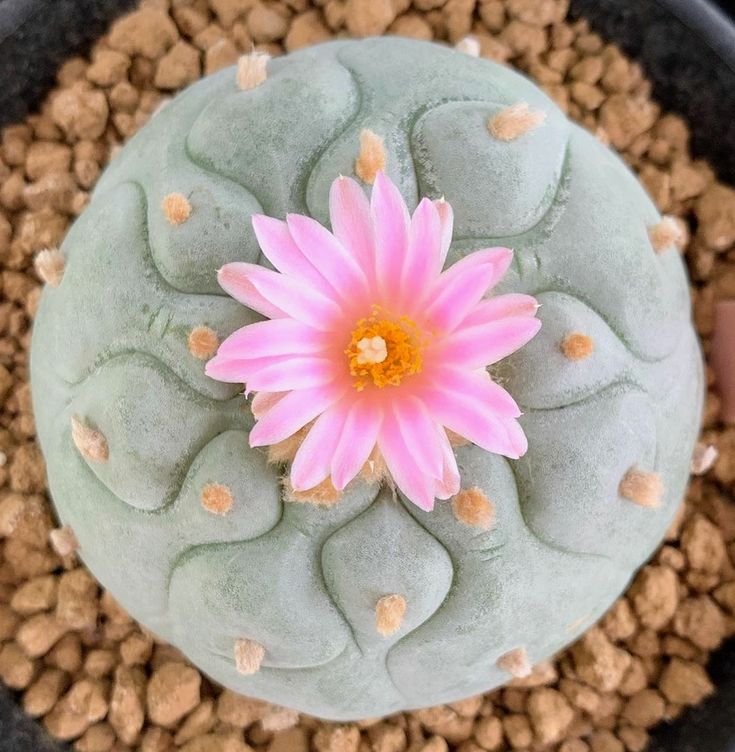Nature is a carefully curated ecosystem of everyday miracles – but some wonders of this planet are so astonishing, that it just has to be magic.
Here are six plants that prove magic exists.
Azolla

Say hello to the lillipad’s cooler, slaying-at-the-family-function cousin: azolla. This aquatic fern goes way back – 52 million years back. During the Azolla Event, azolla contributed more than any other plant to pulling 3,000 parts per million CO2 out of the atmosphere over 800,000 years. Busy bee.
Today, azolla floats on the surface of wetlands, but it’s not just catching rays. It’s also soaking up atmospheric nitrogen and converting it into an ultra-effective fertilizer, which humans have used for millennia.
Azolla has been used to increase agricultural productivity in China for more than a thousand years, particularly with rice.
When rice paddies become flooded with water in the spring, the azolla quickly multiplies, doubling in size every other day. A patch of azolla can quickly cover the water on top of the rice, keeping weeds at bay. As the azolla dies off, it releases nitrogen into the water, providing much-needed fertilizer for the rice.
As livestock feed, it can provide up to nine tons of protein per hectare per year.
Algae

Before we put algae under the microscope, let’s talk about what algae are. They aren’t technically plants, but they are the most important photosynthetic organisms on the planet. They can range in size from tiny single-cell organisms to enormous kelp.
Algae aren’t just slimy green outerwear for rocks. They provide over 70% of the oxygen we breathe. They’ve been used to treat wastewater and reduce polluting runoff from farms. They can even create jet fuel, blue food coloring, yoga mats, and bus stops that filter dirty city air.
Of all its uses, algae’s forte is biofuels. Algae grow easily, breezily, and beautifully in shallow or even salty water. They grow so quickly that they can be harvested weekly.
According to the U.S. Department of Energy, algae has the potential to create at least 30 times more energy than land-based crops currently used to make biofuels. The Environmental Protection Agency has another staggering stat – algae biodiesel can reduce greenhouse gas emissions by more than 60 percent compared to petroleum diesel.
In short, she’s green, she’s mean, and she’s a climate change fighting machine.
Peyote
Peyote is a short, button-shaped cactus native to Mexico and the southern parts of the US. It’s been used by Indigenous people in the Americas for thousands of years, especially in religious contexts.
The plant contains a naturally occurring drug called mescaline. When ingested, it has psychedelic properties and can give someone intense visions or the ability to feel colors and see music.
People have reported receiving profound philosophical insights and having a mystical experience. Sounds like a concoction Professor Snape cooked up in his Potions class. Anecdotally, it’s been said to heal several mental and physical illnesses like addiction and diabetes.
For Indigenous peoples, peyote represents their cultural survival. When colonists came to the Americas, they were afraid of its power and tried to wipe out the plant. Its existence today is a testament to the resilience of Indigenous people.
For some tribes, peyote is a gift from the Earth Goddess to humans to help us connect to her in the mystical realms.
While peyote is a magic plant, it’s important not to appropriate important cultural experiences. We can admire the plant’s abilities while respecting the Indigenous historic right to the plant.
Bamboo

Bamboo is everywhere – toothbrushes, toilet paper, clothing, you name it. But what’s so great about it?
Bamboo is that alt girlie for hundreds of products, including wood, fabrics, paper, and even biodegradable “plastic.” This plant is pedal to the metal when it comes to growing, shooting up two to three feet per day (fun fact: it was named the fastest-growing plant by Guinness World Records). It can regrow from its roots without the need for fertilizer or replanting and absorbs carbon at the same time. Talk about self-sufficient.
Tough as nails, bamboo is an ideal substitute for conventional hardwoods, acting as a stand-in for construction materials, furniture, and even steel reinforcement in concrete. As a fabric, bamboo is less expensive to produce than cotton, requires less water, and grows without pesticides.
Bamboo is a bit of a shapeshifter. It’s more durable than steel (as far as tensile strength) and twice as strong as timber. Harvested bamboo is very light, which means its carbon footprint during transportation is lower than heavier materials.
Three cheers for bamboo.
Bracken Fern
Much like that seedling you see poking through the mortar of a brick wall, some plants have the grit to grow in unlikely places – and if that’s not magic, we don’t know what is. Bracken ferns are one of those determined little specimens, thriving in soils polluted with heavy metals like lead and arsenic. Yuck. The ferns absorb these metals as they grow, removing them from the soil and storing them in their tissues.
Scientists have found this superpower most useful in removing heavy metals from contaminated construction sites. Once they grow to full size, the ferns are harvested and destroyed, leaving behind ash packed with precious metals that can take on a new life.
Hemp
Our personal favorite is hemp. She’s a many-splendored thing: a cloud-soft fabric, a durable bioplastic, a clean-burning fuel, a concrete alternative. Hemp can replace thousands of everyday items, saving water, energy, and other precious resources.
Hemp is sustainable even as it’s working to get big and strong. It grows rapidly – around four meters in 100 days – and sucks up CO2 in the process. One hectare of industrial hemp can absorb 22 tonnes of CO2.
No part of the plant is wasted, and all the products it can replace will be higher quality than if they were created with conventional materials. That means a slower buy-use-replace cycle.
And if you want to break that cycle, here’s a good starting place: choose Magi undies for your next underwear drawer refresh. Thank us later.
Sources:
https://inhabitat.com/7-plants-that-may-save-the-world/
https://en.wikipedia.org/wiki/Azolla
https://archive.bio.org/articles/biofuels-promise-algae
https://microbialcellfactories.biomedcentral.com/articles/10.1186/s12934-018-0879-x




